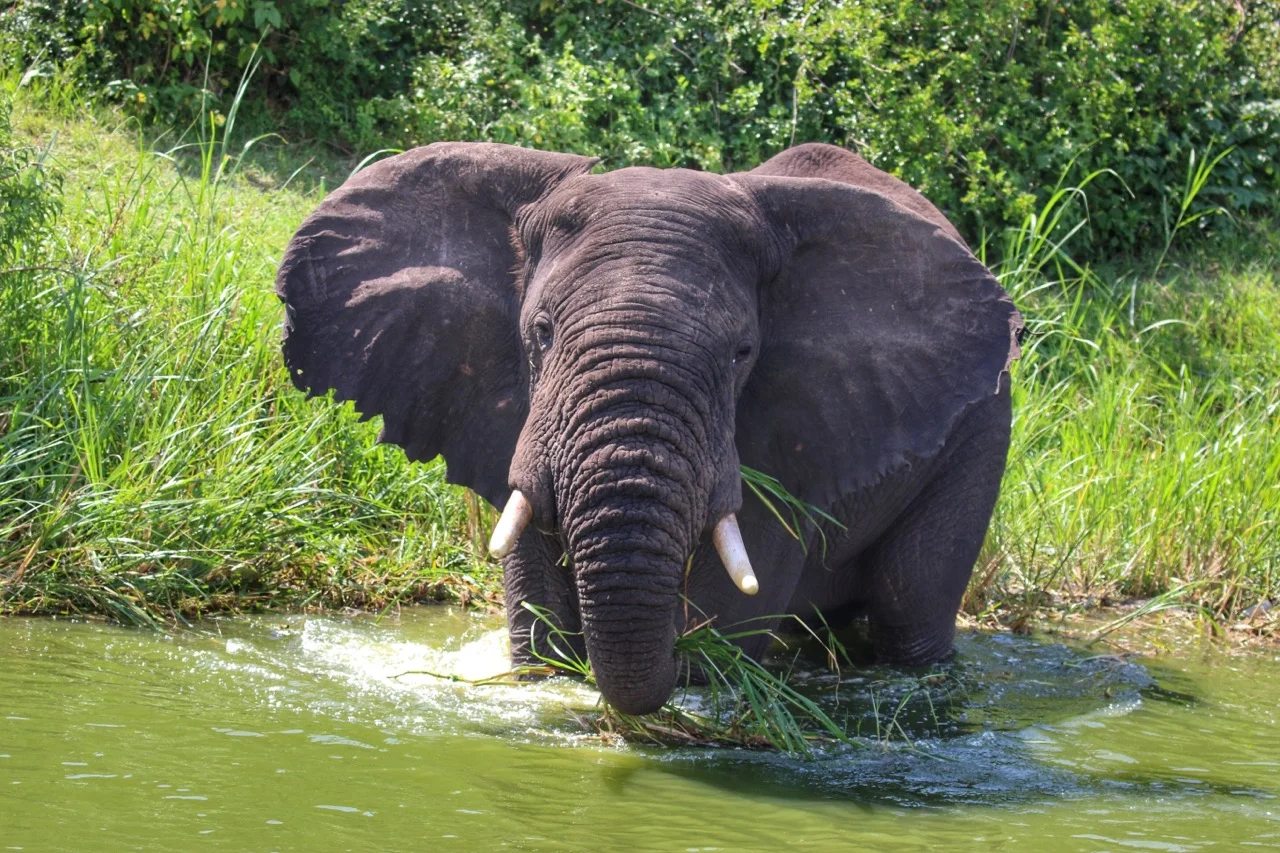Kenya’s second-largest lake (after Lake Victoria) means 2 things. If you’re a local, it means the flower-growing industry. Thousands of Kenyans work here, growing roses for the world. If you’re a tourist, it means hippos.
The hippo is the animal that causes the most human fatalities in Africa (I’m not counting mosquitoes). Huge, toothy and surprisingly fast on land and in the water, hippos can be territorial and aggressive. There have been 6 human fatalities at Lake Naivasha this year alone.
Our camp at the lakeside had an electric fence, but judging by the hippo dung and prints, it wasn’t a big deterrent.
The best way to find hippos is on the water, so we took to the sea. From small boats we cruised along for all of 10 minuted before we came upon a group of 4. Submerged in the lake with only their eyes and nostrils visible, they would occasionally duck underwater and re-emerge, blowing out puffs of air like a surfacing whale. Or, as somebody on the trip called them, “elephant-pig-whales.”
We were lucky enough to watch 3 females climb out of the lake to feed on land, while the male warned us to keep our distance by yawning wide and showing his teeth.
There were also a lot of fish eagles perched on the dead snags in the lake. Our boat captain tossed a fish into the lake and we watched one swoop down, talons extended, to snatch it from the water.
If you go: A million places offer hippo cruises - early morning and late afternoon has the best light for photography.






